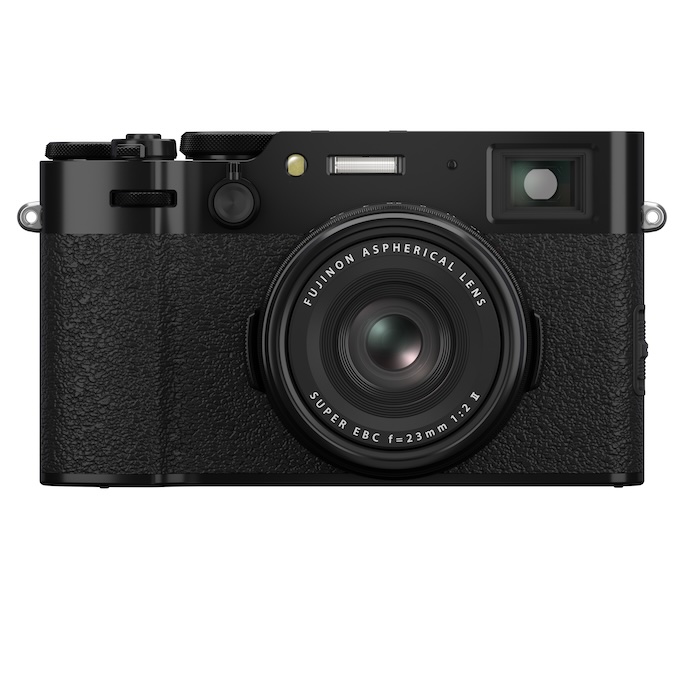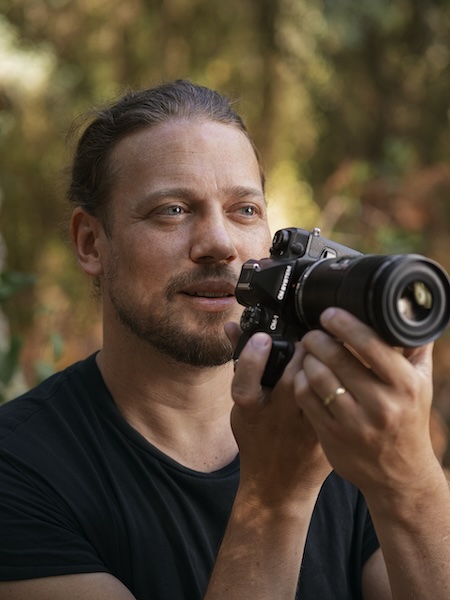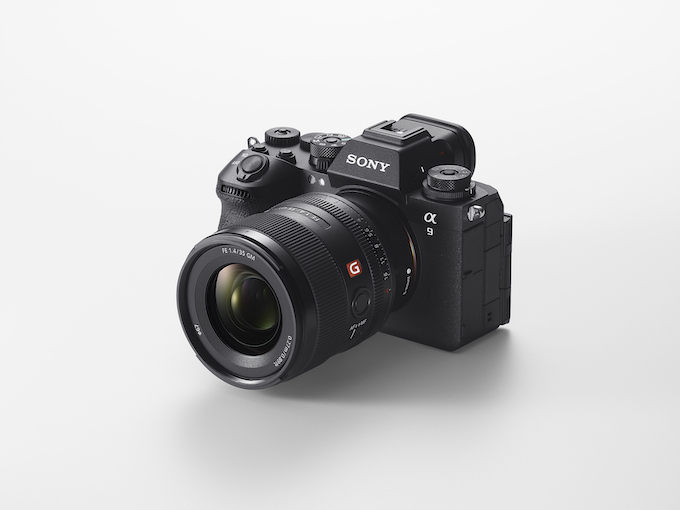Cameras
Sony finished 2017 on a high note with the release of the $3,200, full-frame a7R III. Although built around the same 42-megapixel sensor as its a7R II predecessor, the a7R III utilizes a new processing pipeline to deliver improved image quality and expanded dynamic range, among other benefits. Sony has also pumped up the performance, increased battery life and added some welcome new features, including dual card slots, a Pixel Shift mode and a joystick for focus point selection. And that’s just scratching the surface.
Sony also released the 24-105mm f/4 G OSS lens at the same time, the glass I used most often when testing the a7R III. Other lenses included the FE 12-24mm f/4 G and the FE 24-70mm f/2.8 GM.

Sony’s a7R III easily kept pace with dancer Mietta Gornall’s leaps, turns and twists in the studio. Eye-AF kept focus on her eyes, even as the flour flew around the set. Photo © Theano Nikitas
Image Quality
Initial impressions of the a7R III’s image quality were based on high-resolution JPEGs simply because RAW processing wasn’t available at the time. No problem there—straight out of the camera JPEG images were impressive. Test shots were sharply detailed with accurate colors. Exposures were, for the most part, accurate, although I tend to very slightly underexpose (a personal preference). Dynamic range was excellent, especially when processing RAW files in Capture One Pro. I was amazed by how easy it was to pull out extreme shadow details.
If you switch to Pixel Shift Multi Shooting, you’ll capture four RAW files, with a one-pixel sensor shift between each capture. They’re combined using Sony’s new (and free) Imaging Edge software to create a high-resolution file (169.6 megapixels) for exquisite details as well as noise and artifact reduction. It’s a great option for architectural, landscape and studio photography. But even subtle camera or subject movement may cause ghosting in the final image, especially since the shortest duration between pixel shift capture is one second. The camera’s native ISO range has been increased to up to 32,000 (expandable to ISO 50 and 102,400). The best results came with the ISO set to 6400 and lower, but details were relatively well maintained up to about ISO 12,800.
Full-frame 4K video is equally as impressive as the quality of the a7R III’s still images. Responsive and accurate autofocus and the camera’s five-axis image stabilization also contribute to excellent footage, even when filming handheld.

With its high resolution, full-frame sensor and incredible performance, this just might be the mirrorless camera of your dreams.
Design
At 1 pound 7.2 ounces (with the battery and memory card) and measuring 5 x 3 7/8 x 3 inches, the camera is nicely compact and feels well balanced in the hand.
At first glance, you won’t notice much difference between the a7R III and the Mark II, but look more closely and you’ll see a long overdue joystick for focus point selection.Back-button focus users will appreciate the new AF-On button and all will welcome the camera’s deeper grip. Dual SD card slots is another notable addition, although only one slot supports speedy UHS II cards.
Complementing the large and bright EVF is a 2.95-inch touchscreen LCD. The screen is tiltable for high/low angle shots and offers manual brightness control and a Sunny Weather mode, which you’ll need in super bright conditions. As expected, the a7R III is highly customizable, so once you set up your shooting parameters, you’ll have to spend less time digging through the camera’s overwhelming menu system. There is a My Menu option so you can create a single list of favorite settings within easy reach.
What We Liked
The Sony a7R III’s attributes are extensive, starting with the marriage of stunning high-resolution images with speedy performance. The latter includes up to 10 fps continuous capture—double that of the a7R II—with excellent autofocus accuracy, thanks in part to its 425 AF points. Sony’s Eye-AF has also doubled in speed and is capable of maintaining focus on the eye under a wide range of conditions. Importantly, battery life is so improved that you may not need to carry around an extra battery. I was able to capture 2,000 images on a single charge, which far exceeds Sony’s CIPA ratings. Having dual card slots is also a big plus.
Improved dynamic range, excellent low light/high ISO performance and, of course, the addition of a multi-selector joystick and an AF-On button are also among the camera’s most notable features. Wedding photographers will be happy to know there’s a “silent” electronic shutter that they can activate during ceremonies, too.
What We Didn’t Like
The Sony a7R III’s shortcomings are relatively minimal but important to note. I’ll continue to complain about Sony’s dense menu systems, which are difficult and time-consuming to navigate. Given the speed and high resolution of its files, I’m also disappointed that only one of the memory card slots supports the UHS II specification.
Unlike other Sony cameras, the a7R III doesn’t support PlayMemories apps and the camera has no intervalometer, so you’ll need to purchase a special accessory to shoot time-lapse. You’ll also need to use Sony’s Imaging Edge software to work with the images captured in Pixel Shift mode since there’s no in-camera processing for this feature. Also, the minimum time between shots for Pixel Shift images is one second and there doesn’t appear to be any ghosting correction option in the Imaging Edge software, so it’s important to avoid scenes with any movement.
How it Compares
Given its resolution and speed, the a7R III pulls from both the a7R II and the a9, so you no longer have to choose between resolution and speed in a Sony mirrorless camera. On the DSLR front, the Nikon D850 is the closest competition in terms of resolution, speed, image quality, dynamic range and low light/high ISO performance, and I’d be hard pressed to choose between the two on those parameters. But the a7R III gets the nod for video autofocus performance.
Bottom Line
Given the ever-growing line of Sony and third-party FE lenses and adapters, most photographers—particularly wedding and portrait shooters—will find their favorite focal lengths for the a7R III. That may make the choice of mirrorless versus DSLR a little more difficult given the increasing parity between the two types of cameras. But if you’re contemplating a move to mirrorless (or are a current a7R II owner), the a7R III may be a game changer for your work.
Related: Sony a7R III Technical Review
Hands-On Review: Nikon D850 Review





